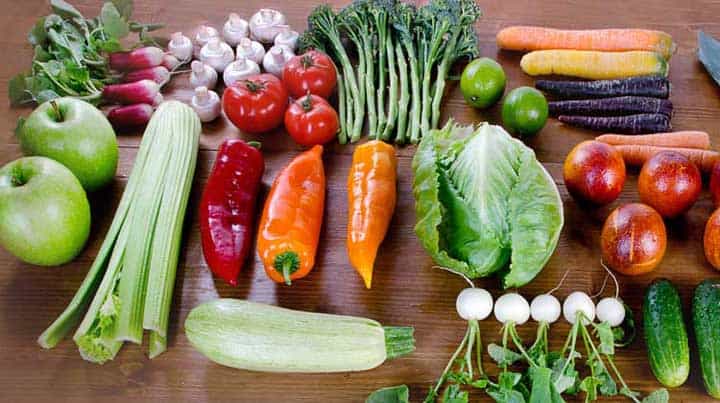Negative Calorie Diet for Weight Loss

*Some of the links herein may be affiliate links. This means I may earn a small commission should you choose
to make a purchase using my link. Please read full disclosure for complete details*
The Premise of the Negative Calorie Diet:
The Negative Calorie Diet is based on the idea that some foods use more calories for the body to process during digestion than the number of calories that are initially present in the foods themselves. The Diet is intended to help dieters lose weight quickly. When followed correctly dieters may lose up to 10 pounds in 10 days.
After the dieter has reached their desired weight, it is suggested that the cleanse be repeated as needed to help maintain weight loss. Whether currently on the diet, or between diets, the negative calorie foods should be included in the dieters’ normal diet to help promote continued health and to ensure that any weight lost to this point will not be regained.
Including negative calorie foods, as part of an otherwise healthy and balanced diet, may be able to further promote weight loss. This is because foods that are low in calories, but high in fiber, make you feel fuller even though you are actually eating fewer calories. Also, because high fiber foods may take longer to be broken down during digestion, they may help you to feel full longer.
Negative Calorie Diet Foods:
Following is just a sample of some foods you can incorporate into your negative calorie diet routine:
- Lettuce: 5 calories per cup (35 grams), 95% water
- Cucumbers: 8 calories per cup (50 grams), 95% water
- Celery: 14 calories per cup (100 grams), 95% water
- Broccoli: 31 calories per cup (90 grams), 89% water
- Tomatoes: 32 calories per cup (180 grams), 94% water
- Watermelon: 46 calories per cup (150 grams), 91% water
- Carrots: 52 calories per cup (130 grams), 88% water
- Apples: 53 calories per cup (110 grams), 86% water
- Grapefruit: 69 calories per cup (230 grams), 92% water
The diet takes into consideration the fact that the entire process of digestion uses many calories, and therefore by eating foods that are low in calories, and which take longer to digest, the body will actually be using more calories than are taken in by consuming these foods.
The diet further suggests that these extra calories required for digestion are taken from fat stores in the body, and that the more of these negative calorie foods the dieter eats, the more weight the dieter may lose.
The Negative Calorie Diet gives us an example in the case of the net calorie consumption from eating broccoli. One serving of 100 grams of broccoli contains 25 calories, yet the body will use 80 calories in energy to digest it. This results in a negative net calorie loss of 55 calories which will be taken from fat stores in the body.
As a counter example, consider a piece of cake which contains 400 calories, and will take the body only 150 calories to digest. The remaining 250 calories taken into the body will then be stored as fat.
Negative Calorie Foods and Recipes:
The Negative Calorie Diet Foods and Recipes Book (below) has an entire list of foods which are considered negative calorie foods. These are mostly fruits and vegetables which are high in fiber. Some of the vegetables include: beets, broccoli, cabbage, celery, lettuce, spinach, asparagus and zucchini. The diet maintains that eating the negative calorie foods can actually increase the body’s metabolism.
The book also includes other suggestions as to how one may increase his or her metabolism. One suggestion is breathing better and more deeply. This will increase metabolism and allow the body to rid itself of toxins.
This diet along with exercise will tone 85% of the body’s muscles. It is recommended doing some sort of exercise for 15 minutes, three times a week to maximize weight loss.
Also provided are a variety of recipes and suggestions for incorporating negative calorie foods into the regular diet once the desired weight loss has been achieved.
Visit here for More Information on the Negative Calorie Foods and Recipes Book
There are many benefits to losing weight if it is done at a moderate pace combined with healthy eating habits and increased exercise.
Being overweight is associated with an increased risk of type II diabetes, cardiovascular disease, and many other diseases and conditions. Losing weight can reduce the risks of these and other diseases as well, and may be able reduce the severity of the symptoms in cases where the diseases are already present.
This is one of my favorite diets as it includes a variety of different fruits and vegetables, which provide a dieter with so many of the vitamins and minerals that are important to good health.








